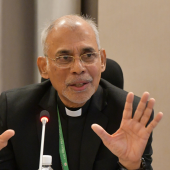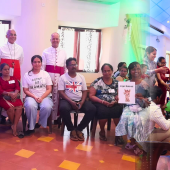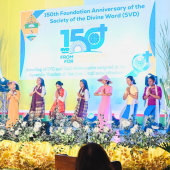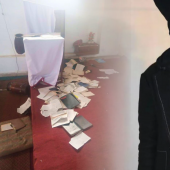Indian Capuchin priest ministers to primitive tribes of Irula
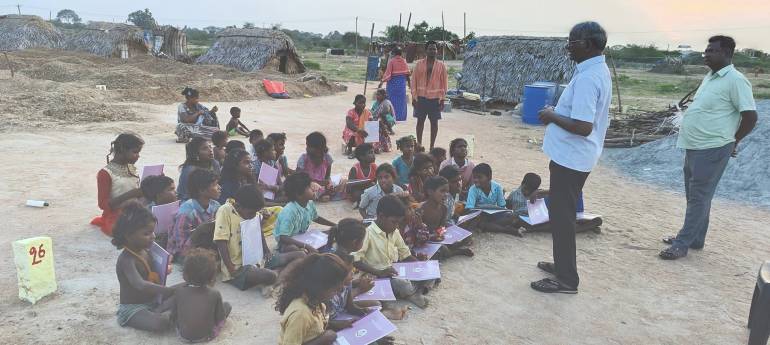
"Besides my online motivational training, I am involved in the welfare of marginalized people. One of the primitive tribes of our Tamil Nadu state is the Irula community, relocated near our area," said Capuchin Father Nithiya Sagayam, a Missionary of Mercy from India.
He is one of the leading trainers at Thalir Holistic Welfare Centre at Mamandhur Colony Road, Villupuram district, Tamil Nadu.
The Indian states of Tamil Nadu, Kerala, and Karnataka are home to the Irula, also known as the Iruliga, a Dravidian ethnic group. There are over 200,000 members of this scheduled tribe living in this region.
People of the Irula ethnic group who speak the Dravidian language Irula are known as Irula.
As many as 189,621 are found in Tamil Nadu, 10,259 are located in Karnataka, and 23,721 are in Kerala.
According to Father Sagayam, the Irula ethnic community needs hope, education, and support for their disadvantaged children, who are struggling to survive in abject poverty and attend school.
They need people's assistance, skills, or prayers to provide them with much-needed meals for the children in this poorest community.
"They are timid and live with low self-esteem. They usually live away from villages and are in extreme poverty," says Father Sagayam, former secretary of the Office of Human Development (OHD) of the Federation of the Asian Bishops' Conferences (FABC).
The Irula people do not possess their land. No access to a home, a bathroom, a road, electricity, running water, a hospital, a school, or employment possibilities.
They live in temporary thatched huts. Every drop of water falls inside when it rains. They have no contact with anyone else. Nobody visits them.
They take any low-paying, unskilled work they can get for their survival. They have no drive for the future. They have children earlier in life and get married at a younger age.
They are not aware of health or socioeconomic issues. There is no hospital nearby. They pass away sooner in life.
"Hence, I focus on their holistic well-being. I meet them in their place and offer them whatever is possible, like food and cloth," says Sagayam.
Irula people urgently need (solar) rechargeable lights to be safe at night as there is no electricity.
"We have 85 families in this one cluster. I like to get people's suggestions and solidarity to serve them better," said the priest.
Anyone willing to help the Capuchin priest is most welcome at [email protected] or +919445548000.
One of his initiatives is the Thalir Center, which promotes total excellence through motivational seminars, counseling, and training by following in the footsteps of St. Francis of Assisi, an Italian mystic and Catholic friar (1181-1226) and Blessed Solanus Casey (1870-1957), a priest of the Catholic Church in the United States and is a member of the Order of Friars Minor Capuchin.
The center has a four-pronged approach: charity and solidarity with people in need; psychological support with a positive focus on life (community), social and cultural concerns (training); and economic and educational welfare (empowerment).
He is the national coordinator of the Association of Franciscan Families of India (AFFI).
AFFI is involved in people's socio-economic and cultural uplift through its nationwide network of 50,000 members working in various fields through 125 Franciscan provinces. The secretaries, administrators, and executives of these provinces and institutions know them through their network. - Santosh Digal
Radio Veritas Asia (RVA), a media platform of the Catholic Church, aims to share Christ. RVA started in 1969 as a continental Catholic radio station to serve Asian countries in their respective local language, thus earning the tag “the Voice of Asian Christianity.” Responding to the emerging context, RVA embraced media platforms to connect with the global Asian audience via its 21 language websites and various social media platforms.









